In outdoor operation or hunting scenarios, users often encounter such confusion: when taking out the rangefinder from the backpack, even with a professional protective case, obvious scratches still appear on the surface of the lens barrel. Or after the equipment accidentally falls to the ground, the appearance of the protective shell shows no significant damage, but the internal instruments have accuracy deviations due to the impact.
Many hunting enthusiasts have reported that although the surface of the expensive protective cases they purchased was not cracked after crossing the bushes, the internal rangefinder lenses were scratched by foreign objects - this phenomenon reveals a core issue: the protective capabilities of many rangefinder cases on the market may be defective.

The Various Potential Damages Faced By The Rangefinder Itself
The risk of protective case failure is not limited to surface scratches, but also involves the hidden loss of the core performance of the instrument:
- Mechanical shock damage: The squeezing or accidental dropping of hard objects (such as tools and metal accessories) in the backpack may cause the optical components inside the instrument to shift, directly affecting the ranging accuracy.
- Environmental erosion risk: In rainy or snowy weather, moisture seeping into the shell may cause a short circuit in the circuit. If sand and dust particles enter the lens, they will wear down the coating and reduce the light transmittance.
- Dynamic friction damage: The shaking of the equipment inside the protective case will cause the lens to continuously rub against the inner wall of the case. This "invisible wear" is particularly significant when moving in complex terrains.
It should be made clear that the value of mid-to-high-end rangefinders lies not only in the purchase cost, but also in the accuracy and reliability of outdoor operations - a single failure of protection may lead to the loss of hunting targets or terrain survey errors, causing losses far greater than the equipment itself.
Technical Flaws In The Hunting Rangefinder Case
1. Technical pitfalls in fabric protective performance
The selection of the outer layer material of the protective shell directly determines the scratch resistance:
l Low-strength textile fabric: Made of nylon or polyester with a durability of less than 500D, its wear resistance index is less than 50% of the professional outdoor standard, and it is prone to stringing damage under the friction of thorns or rocks.
l Counterfeit high-performance materials: Some products are labeled as "the same as Cordura®", but in fact, they use ordinary high-strength nylon, and their tear resistance strength is more than 30% lower than that of the genuine ones.
l Design misunderstandings of hard shells: Although the surface hardness of cheap TPU hard shells meets the standard, they have not undergone surface hardening treatment (such as UV coating). Even when scratched by sharp objects, they will still leave marks, and the insufficient buffering performance leads to the direct conduction of impact energy to the equipment.
2. Functional deficiency of the inner lining buffer system
The design defect of the internal protective structure is the main cause of impact damage:
- Thin cushioning material: Only ordinary sponge or flannel lining of less than 0.5cm is used. Its energy absorption efficiency is less than 1/3 of that of professional EVA material, and it cannot withstand the impact of drops over 1 meter.
- Non-customized inner liner design: When the gap between the universal inner liner and the equipment exceeds 5mm, the displacement of the instrument within the shell can reach more than 10mm, resulting in direct contact between the lens and the hard components of the shell during a collision.
- Lack of zoned protection structure: No independent buffer modules are set up for vulnerable parts such as lenses and buttons, causing key components to bear concentrated loads during impact.

3. Design loopholes in the open sealing system
Protection failure often stems from design flaws in details:
- Non-sealed open structure: The edge of the zipper or flip cover is not equipped with waterproof rubber strips. In the IPX4 waterproof test (with a water spray flow rate of 20L/min), water seepage occurs within 30 minutes.
- The functional insufficiency of the lens protective cover: The puncture resistance strength of the soft built-in lens cover (such as PU material) is less than 10N, and it is unable to resist the impact of hard objects such as branches.
- The operational logic defect of external hard caps: Although some products are equipped with hard lens caps, the opening and closing structure requires both hands to operate, which is easily overlooked by users in emergency usage scenarios, resulting in a lack of protection.
4. The issue of false labeling of water and dust resistance performance
False promotion of protection grades is the root cause of environmental erosion:
- Coating technology confusion: Only DWR (Durable water repellent) coating was used to treat the fabric, and no TPU waterproof film (thickness < 0.1mm) was compounded. In the hydrostatic pressure test (1000mm water column), seepage occurred within one hour.
- Sealing process defects: When the seam is not laminated (for example, the width of the hot melt adhesive strip is less than 3mm), and the pinhole spacing is greater than 2mm, sand and dust particles can invade through the gaps.
- Ambiguous marking of protection level: The IP code is not clearly marked, or the technical differences between "splash-resistant" and "water-resistant" are confused in the promotion.

How To Choose A Right Hunting Rangefinder Case?
1. Material system verification: It is required to provide the fabric abrasion resistance test report (such as ISO 12947-2 standard), and give priority to choosing 1000D and above nylon + genuine Cordura® composite fabric;
2. Buffer structure design: Confirm that the inner lining adopts layered protection (such as EVA + memory foam combination), and 3D molding is carried out according to the equipment contour to ensure that the gap is ≤2mm;
3. Sealing system certification: Check whether the zipper adopts a waterproof model (such as YKK AquaGuard®), the width of the glue pressed at the sewing area is ≥5mm, and it has a protection level certification of IP66 or above;
4. Detailed enhancement design: Prioritize products with independent lens hard covers (puncture resistance ≥30N), reinforced hanging points (load-bearing capacity ≥20kg), and detachable buffer modules.
Conclusion
The selection of a protective case for a hunting rangefinder is not merely about "covering the shell", but rather a systematic project involving materials engineering, impact mechanics and environmental protection. Only by examining the product from the perspectives of technical parameters and structural design through marketing rhetoric can one avoid falling into the trap of "pseudo-protection". After all, for precision instruments that often cost several thousand yuan, the cost of a single failure of protection far exceeds the purchase cost of high-quality protective cases.

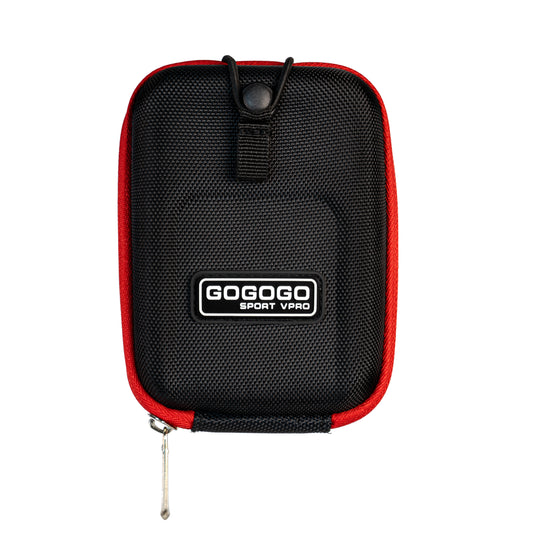
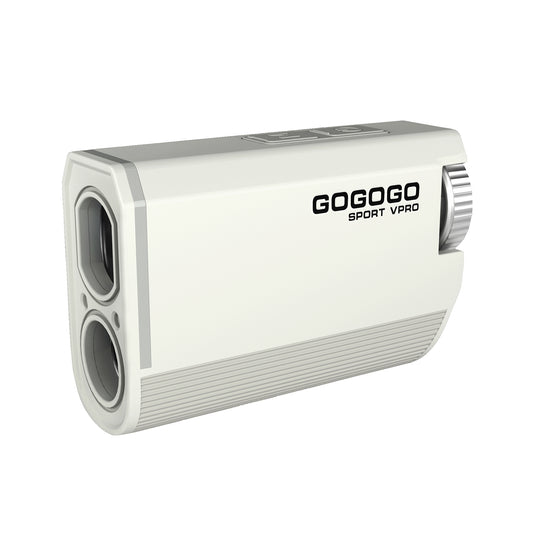
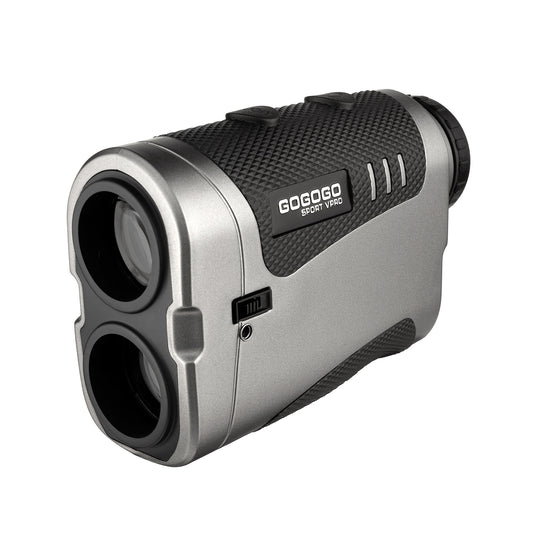
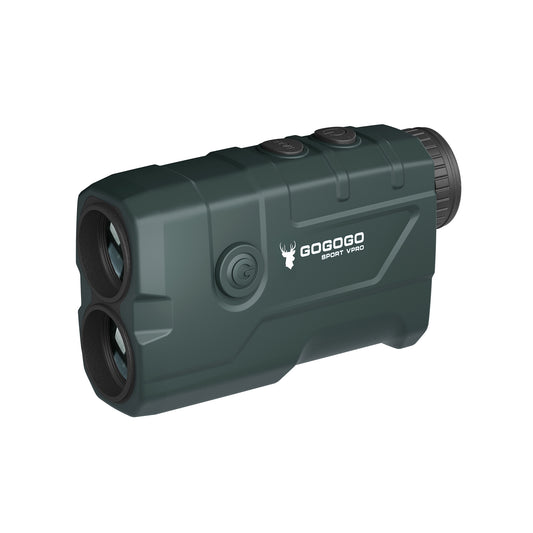
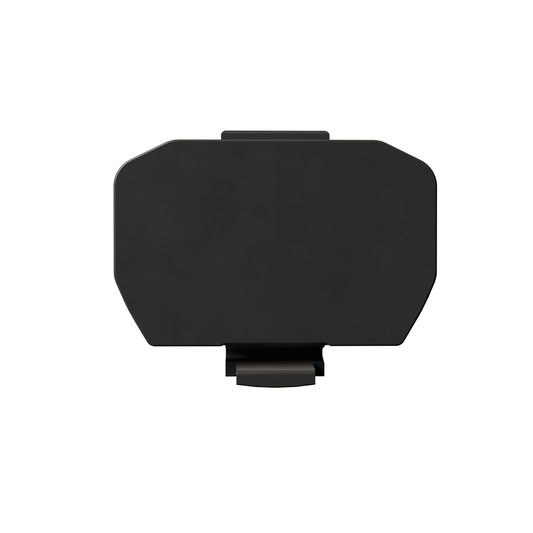

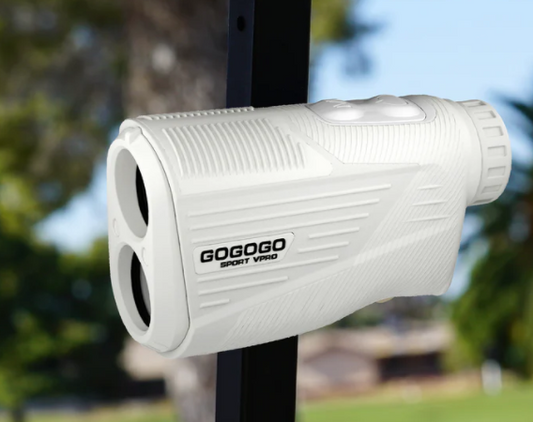

![[2025] The Ultimate Guide to Pinseeker Rangefinders for Golfers](http://gogogosport.com/cdn/shop/articles/gogogo_sport_vpro_pinseeker_rangefinder.png?v=1757993796&width=533)